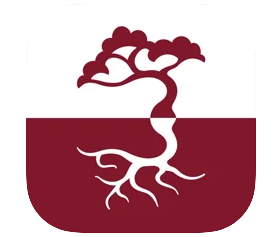
Constantly troubled by joint pains? Learn what they are in TCM
In Traditional Chinese Medicine, any joint pains caused by Wind-dampness are categorized as “Bi Syndrome” – due to a mixture of Wind, Damp, Cold or Heat pathogens. They block the meridians and thus cause the malnourishment of the joints that leads to pain.
Symptoms:
- Swelling, numbness and pain of joints, relief after exercise
- Obvious stiffness of joints in the morning,
- Joints range of motion are reduced, weakness
- Joints deformity
- Feeling of warmth/heat near joints
- Pain worsens during change of weather (cloudy days)
4 Main Types of Wind-Damp Syndrome
*Massage lightly with thumb for 3-5 mins
Yin Pathogen – Treatment method: Disperse cold, remove dampness and stagnation
1. Cold Bi: Severe pain with fixed location, worsen when cold
- Yang Chi point (TB4): Depression on the back wrist crease between the meeting point of the 4th & 5th metacarpal bones
- Guan Yuan point (REN4): Around 4 fingers width below the umbilicus
2. Dampness Bi: Swelling of joints with heavy sensation, pain location mostly on lower body
- Yin Ling Quan point (SP9): Outer side of the calf, depression below the protrusion of the fibula
- Zhu San Li point (ST36): 4 fingers width below the depression of the outer patella
Yang Pathogen – Treatment method: Clear heat, expel wind
3. Heat Bi: Redness, swelling and pain of joints, worsen when hot
- He Gu point (LI4): Depression between the base of the thumb & index finger, closer to index finger
- Qu Chi point (LI11): Outer end of elbow crease when flexed
4. Wind Bi: Unlocalized pain, pain location mostly on upper body
- Feng Chi point (GB20): Outer side depression of the two large tendons on the neck, same level with earlobe.
- Xue Hai point (SP10): Around 3 fingers width above the inner side of the patella
 |
 |
|---|



